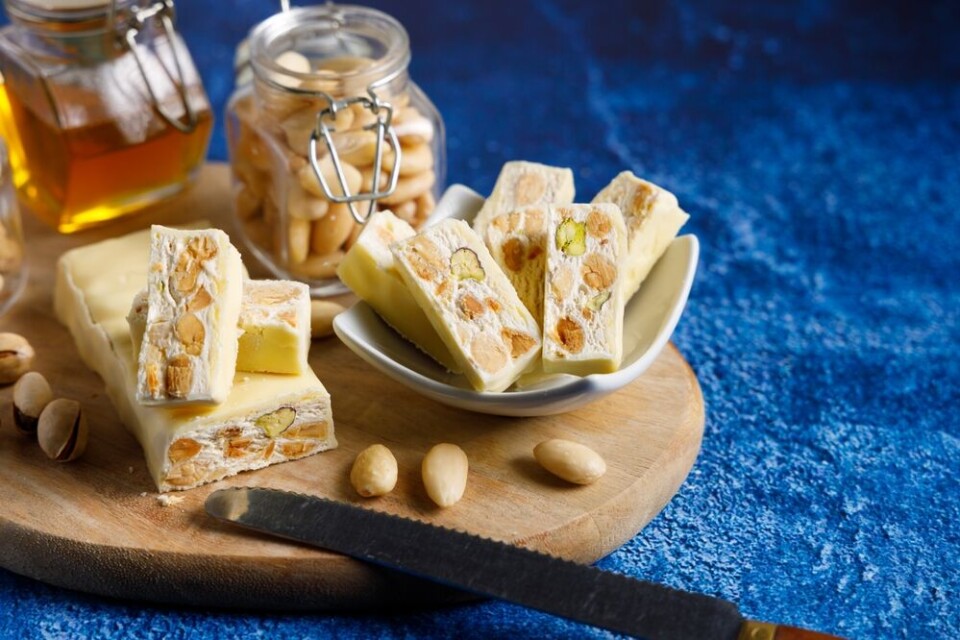-
Duck Cold! Four French phrases to use when it is freezing outside
France's current cold spell is set to continue for the next few days - we remind you of French expressions to use to describe the drop in temperature
-
Close encounters with a French serpent and what to do if it happens to you
Columnist Jonathan Kemp gives advice for anyone coming across a snake in their garden
-
Recycling in France: Ideas to give your Christmas tree a second life
Old trees can be turned into compost, used to help fight coastal erosion or even make animal feed
Yes, some French people really do have 13 desserts for Christmas
The Provence tradition is heaven for those with a sweet tooth

For those who love sweet treats, one area of France has a Christmas tradition that is sure to get your mouth watering - les Treize desserts.
What are the Treize desserts?
Treize desserts are a tradition from the Provence region, which involves… serving 13 desserts at the Christmas table, typically on Christmas Eve.
The tradition has existed since the 17th Century, but no precise number was officially acknowledged until 1925 when a local newspaper mentioned ‘13 desserts’ specifically.
The number is believed to honour each of the 12 apostles and Jesus, during the Last Supper.
There are no specific 13 desserts, however, and local tradition even suggests there is actually a choice of 55 desserts. There are, however, mandatory ‘categories’, as described below.
Each person must have at least some of each of the 13 desserts in order to get good luck for the upcoming year.
Treize desserts are usually served with a fortified wine.
Which are the categories?
The first mandatory category is caramelised fruits. There must be four desserts of this type, and they are called the ‘four beggars’ in reference to four religious orders as follows:
Figs because their grey colour represents the Franciscans
Grapes for the Dominicans
Almonds for the Carmelites
Chestnuts or nuts for the Augustines
Some families now include other fruits too, such as grapes, melon, mandarin oranges, dates, pineapples, kiwis, or mangos.
The next mandatory desserts on the Christmas table are sweets, mainly two types of nougat.
The last mandatory feature is a pastry called pompe à l’huile, a sourdough-based sweet pastry, which should not be confused with other local desserts such as gibassié, which is drier, and fougasse, which is more of a savoury bread.
Pompe à l’huile is a dough made with flour, sugar, sourdough, eggs, and olive oil, which is cooked at 150 degrees for 10-15 minutes.
Other desserts can include calissons from Aix-en-Provence, a candied fruit diamond-shaped biscuit; dates stuffed with almond paste; biscotins, a type of rounded, almond biscuit; oreillettes, a variety of crispy, thin pastries; and papillotes, foil-wrapped Christmas chocolates.























